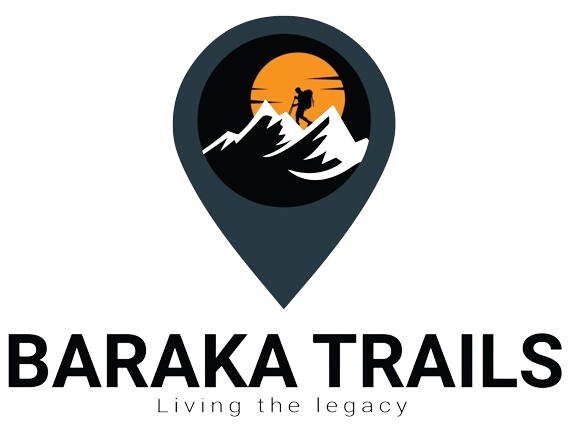KATAVI NATIONAL PARK
Katavi National Park
1. Introduction: Nestled in the remote southwest of Tanzania, Katavi National Park is a hidden gem renowned for its untouched wilderness and abundant wildlife. Despite its vast size of approximately 4,471 square kilometers, Katavi remains one of Tanzania’s least visited parks, offering intrepid travelers a truly off-the-beaten-path safari experience.
2. Landscape and Geography: Katavi’s landscape is characterized by its vast floodplains, seasonal lakes, and dense woodlands, all framed by the majestic backdrop of the Rift Valley escarpment. The park’s centerpiece is the Katuma River, which serves as a vital water source during the dry season, attracting large concentrations of wildlife to its banks.
3. Wildlife: Katavi National Park is renowned for its exceptional wildlife viewing opportunities, with large herds of elephants, buffaloes, and hippos congregating around the park’s waterways. The park is also home to healthy populations of predators, including lions, leopards, and spotted hyenas, as well as a variety of antelope species such as impalas, elands, and topis.
4. Flora and Vegetation: The park’s vegetation is predominantly miombo woodlands, interspersed with patches of acacia savannah and seasonal grasslands. Along the riverbanks, lush riparian vegetation thrives, providing habitat for a variety of bird species and smaller mammals. The diverse habitats of Katavi support a rich array of plant life, adapted to the region’s semi-arid climate.
5. Climate: Katavi experiences a tropical climate, with distinct wet and dry seasons. The wet season typically occurs from November to April, with heavy rainfall transforming the landscape into a verdant paradise. During the dry season, from May to October, temperatures rise, and water sources become scarce, leading to increased wildlife sightings around remaining waterholes and the Katuma River.
6. Conservation and Management: Managed by the Tanzania National Parks Authority (TANAPA), Katavi National Park is committed to the conservation of its rich biodiversity and the sustainable management of its natural resources. Conservation efforts focus on anti-poaching initiatives, habitat protection, and community engagement to ensure the long-term viability of the park’s ecosystems and wildlife populations.
7. Tourism and Activities: Katavi offers a range of safari activities for visitors, including game drives, walking safaris, and birdwatching excursions. Game drives provide an opportunity to explore the park’s diverse habitats and encounter its resident wildlife, with experienced guides offering insights into the area’s ecology and animal behavior. Walking safaris offer a more intimate perspective, allowing visitors to immerse themselves in the sights, sounds, and smells of the bush while learning about tracking and bushcraft from expert guides.
8. Accommodation: Accommodation options in Katavi are limited but offer an authentic safari experience amidst the remote wilderness. The park features a small selection of tented camps and seasonal bush camps, each providing comfortable accommodations and personalized service. Many of these camps are situated in prime wildlife viewing areas, allowing guests to experience the magic of Katavi up close.
In summary, Katavi National Park offers a rare opportunity to experience the untouched wilderness of Tanzania’s remote southwest. With its vast landscapes, prolific wildlife, and immersive safari experiences, Katavi is a hidden gem waiting to be discovered by those seeking adventure and authentic encounters with Africa’s untamed wilderness.
